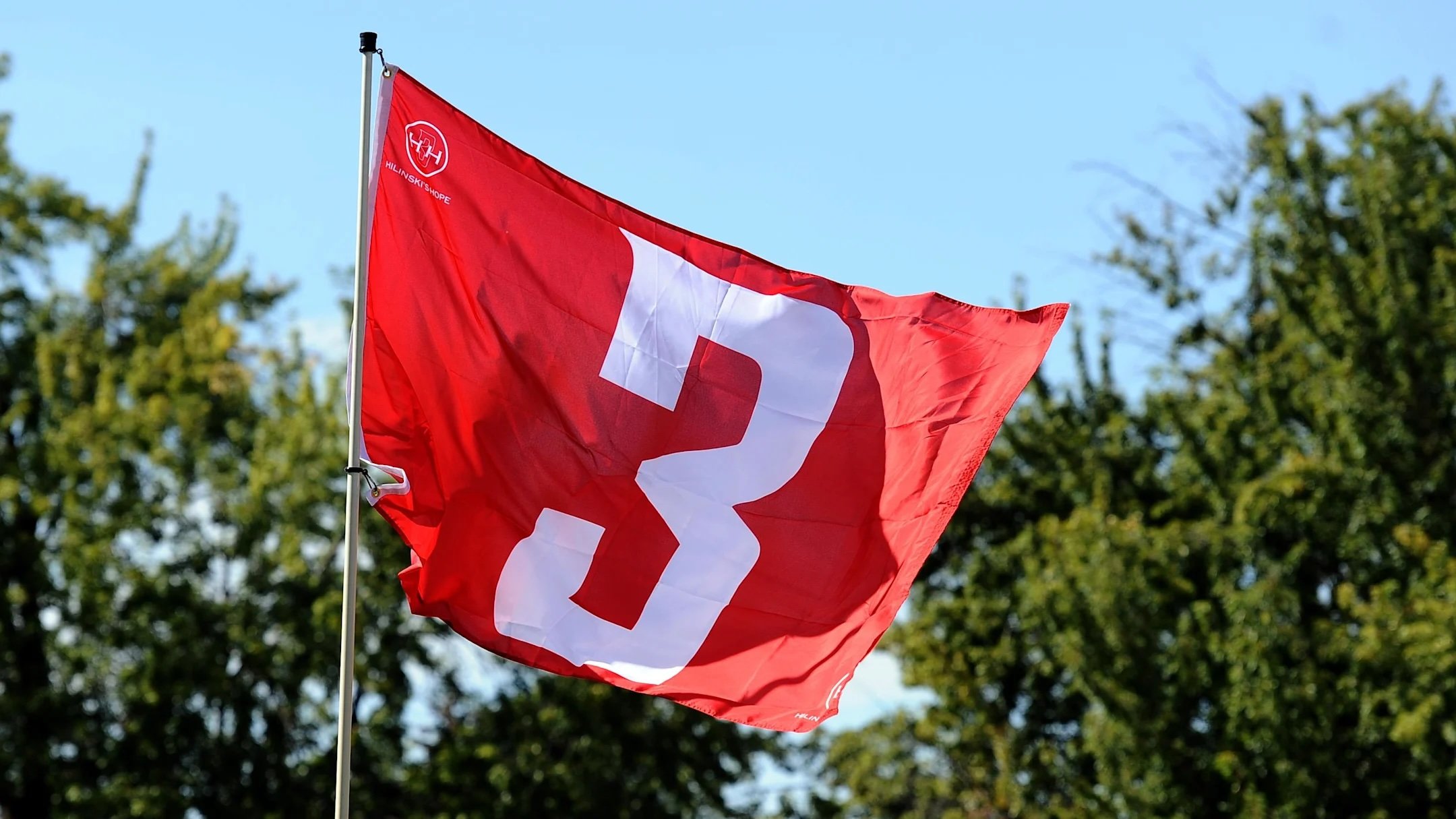Tyler Hilinski’s Parents Continue to Honor His Legacy
Sports Illustrated
Mark and Kym Hilinski started their foundation in 2018. They knew the broad objectives—mental health education, awareness and stigma reduction for college athletes—and figured they would figure the rest out along the way.
Neither ever expected Hilinski’s Hope to become what it has become. They continue to travel the country, speaking to administrators, coaches and athletes. Each time, they deliver another version of their Tyler Talks. They’ve now given more than 300 of those, speaking directly to more than 78,000 college athletes. Those, like their son, Tyler, who played quarterback at Washington State and died by suicide in Jan. 2018.
They wanted conversations. They’re still having conversations. And, along the way, Mark and Kym turned one number, a single digit, into a movement that continues to broaden beyond anything they expected at the outset. Tyler wore No. 3, so the shorthand for their organization is H3H. His 3 adorns towels, dog tags, T-shirts and other H3H swag. The number reminds them of their son and who he was, which is why they continue doing what they’re doing.
Tyler’s number, simple as it is, forms the soul of their ongoing efforts. It reminds the wider world of college sports that mental health must be embraced, cultivated, cared for and looked after. And that athletes who play for universities are still human beings, juggling sports and classes and social lives; none are immune to stress, injury or anything that happens to any other student.
Three, their 3, is most prominent in the week ahead. It’s part of their mental health week, which will take place from this Saturday to next Saturday. That’s part of what’s surreal. They’re holding this week for the fifth time.
Each year, the foundation partners with interested schools. Those programs help raise awareness; the foundation helps those programs better understand the landscape in which they are operating. Together, they eliminate stigmas around mental health in college sports, and they do this, intentionally, at the end of Mental Illness Awareness Week and on World Mental Health Day, which, this year, is Oct. 10.
Partners for that week must participate in one of four ways. Many choose to embrace multiple prongs of the H3H approach. Some universities add green ribbon decals for mental health awareness on their athletes’ uniforms. Others post relevant info on their social media accounts. Or enroll in the foundation’s mental health programs, which are designed by experts and meant to guide interested schools toward best practices.
The best one, though, is this: programs can play a minute-long public service announcement over their massive video screens right before the third quarter of their game that week. Still others, and this group includes Nick Saban, throw up their right arms and hold three fingers high in the air. They do that, those who wish to participate, on the first play of quarter three.
Each year, the week widens in impact and grows in size. In 2021, boosted by a proclamation signed by the governor of Alabama, H3H aimed to raise $33,333 that week.
By ’22, there were 125 schools participating. Those schools, in subsequent months, would create and install their own mental health programming; each inspired by the foundation’s efforts. That year, members of the U.S. House of Representatives, after hearing from Mark and Kym, created House Resolution 1423, which made the first week of October that week, mental health awareness week, in college sports. The NCAA endorsed it, too.
Last year, H3H rebranded and expanded. Their focus, for the first three years, had primarily been college football. All three of their sons played quarterback for universities. But as they continued to travel and continued to speak, they kept hearing from coaches and administrators about how many more athletes would benefit from the same focus. They incorporated all interested teams at all interested athletic departments last fall.
The total of departments that partnered with H3H last fall staggered Mark and Kym. There were 165 universities, at least one in 44 different states. Saban continued his support. So did Caleb Williams.
This year brings even more expansion. H3H will include not just all athletes at participating schools but marching band members, too. They’re considering a partnership with Athletes for Hope to create a winter version, another week that addresses mental health. In their vision of this future, professional, college, high school and club athletes will take part, as will Olympians and Paralympians. This year, they’ve partnered with more than 250 programs.
Next year, only one number seems appropriate: 333.

